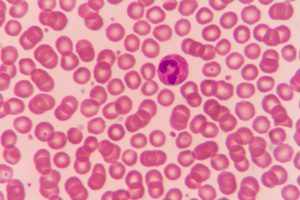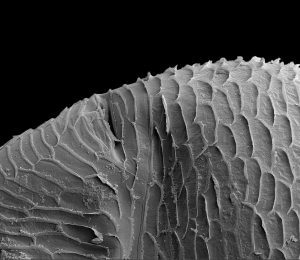Key Takeaways:
- Adaptive optics enhance optical system performance by correcting wavefront distortions in real time using deformable mirrors, wavefront detectors, and controllers.
- Initially developed for astronomical telescopes to mitigate atmospheric turbulence, it now also improves imaging in biological microscopes and retinal diagnostics.
- This technology enables precise corrections, enhancing resolution in complex environments, such as thicker biological samples and dynamic ocular structures.
- By actively adapting to aberrations, adaptive optics significantly advances optical applications in science and medicine.
Introduction to Adaptive Optics
Adaptive optics is a technology designed to improve the resolution of optical systems that may be affected by environmental factors or the state of the observed object. In real-world applications, optical systems often deviate from ideal performance, necessitating correction measures to enhance imaging quality.
A familiar example is the human eye. When vision is impaired due to nearsightedness or farsightedness, corrective lenses, such as glasses, address these aberrations. However, traditional corrective lenses are not adaptable. If a person’s vision deteriorates further, a new pair of glasses is needed. This highlights the need for a deformable correction mechanism that can adjust dynamically to the actual conditions of the imaging system.
In adaptive optics, a deformable mirror is incorporated into the optical system. This mirror measures wave aberration in real time to correct distortions, reducing environmental impacts and improving imaging quality. Essentially, adaptive optics actively corrects errors in optical systems, combining scientific principles with engineering applications to play a crucial role in modern optics.
Understanding Wavefront
A wavefront refers to the surface formed by points that are in the same phase during light wave propagation. A point source generates a spherical wavefront, while a parallel source generates a plane wavefront. Ideally, the wavefront should be perfectly spherical or planar. However, due to aberrations in optical systems, even a perfect wavefront can deviate and exhibit wavefront error after passing through the system.
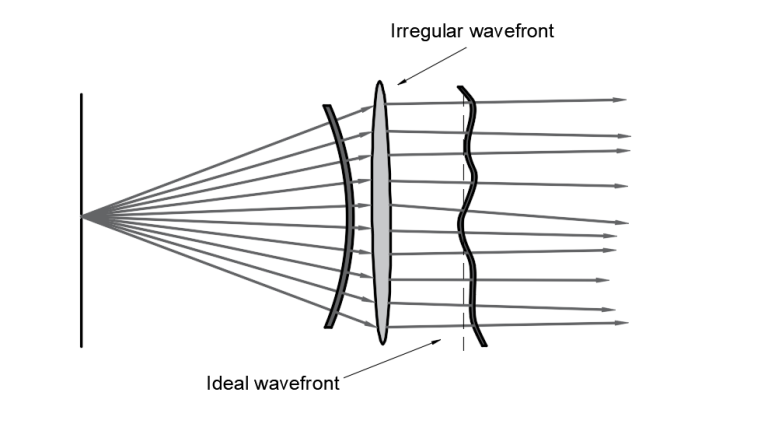
Device of Adaptive optics
Adaptive optics operates through a closed loop of detection, control, and correction, utilizing components such as wavefront sensing detectors, controllers, and correction elements.
- Wavefront Sensor: Before adjustments can be made, the wavefront situation must be assessed. A wavefront sensor is a specialized component that measures wavefront distortion in real time, serving as the core component of an adaptive optics device.
There are various types of wavefront sensors, each with distinct operation principles. A common wavefront sensor, for example Hartmann-Shack sensor, consists of a microlens array and an image sensor. The wavefront is divided into small regions by the microlens array, which projects images onto the sensor. If the wavefront is tilted, the image spots shift from their ideal positions. Each microlens acts as a microelement, allowing for the calculation of the average slope of the wavefront in each region. This data is compiled to reconstruct the complete wavefront profile.
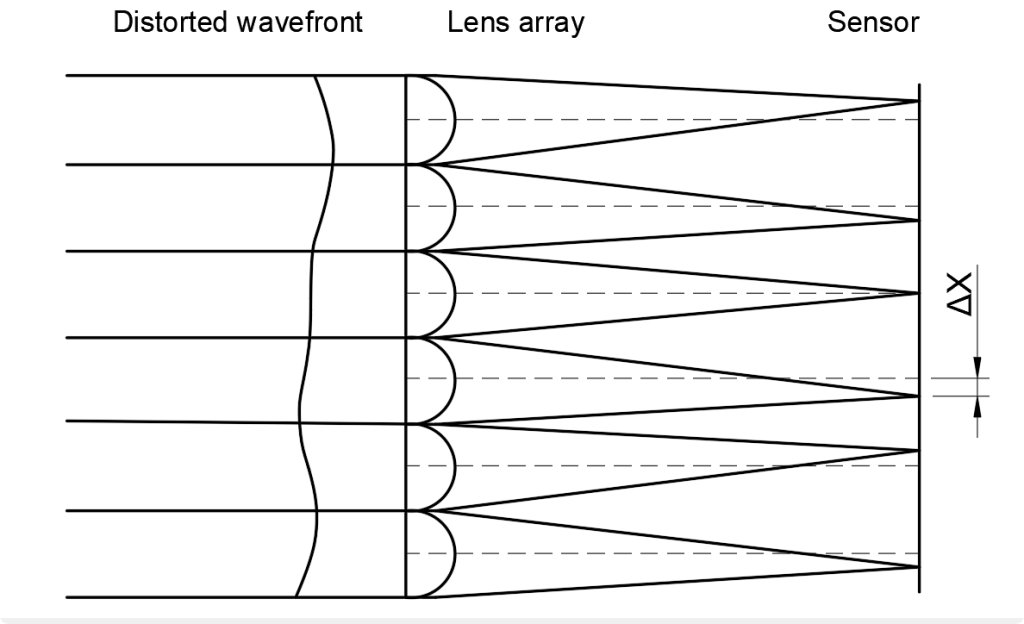
- Wavefront Controller: The wavefront sensor provides the measured wavefront shape information to the wavefront controller. The controller processes the sensor data and determines a compensation strategy using algorithms.
- Correction Element: After calculating the compensation scheme, the wavefront controller sends signals to the correction element, which compensates for the wavefront errors. Simply put, the correction element generates a reverse wavefront aberration to counter the original aberration, effectively canceling the aberration out. The correction element is deformable; by applying voltage or other means, its surface shape can be altered. This adjustment modifies the optical path difference, producing the required correction.
Applications of Adaptive Optics
One of the first applications of adaptive optics was in astronomical telescopes. The resolution of these space telescopes often cannot achieve the ideal diffraction limit due to irregular movements in the Earth’s upper atmosphere. Atmospheric turbulence creates wave aberrations that significantly hinder the telescopes’ imaging capabilities of celestial objects.
Wavefront sensors measure these wavefront distortions caused by atmospheric turbulence, while deformable mirrors make real-time corrections to improve image quality. Consequently, adaptive optics has become an essential technology in modern astronomical observation, with nearly all large telescopes now incorporating adaptive optics systems.
- High Resolution Biological Microscopes
Biological microscopes are precision optical instruments used to observe transparent or translucent objects, such as biological slices and living tissues. For example, when imaging a biological sample with an infinity-corrected microscopy objective lens, the light emitted by the sample forms a spherical wave. This light wave is collected by the objective lens, converted into a plane wave, and then focused by the tube lens before being captured by the sensor.
However, the complex internal structure of biological samples, particularly in thicker specimens, often leads to optical aberrations. Combined with optical system errors, these aberrations significantly affect imaging quality. To achieve high resolution imaging, correcting these errors is essential.
Adaptive optics techniques have been introduced into various microscopy imaging systems to correct aberrations and enhance image resolution. A beamsplitter and a deformable mirror are integrated into the optical path. The beamsplitter separates a light beam for wavefront analysis, and this information is fed back to the deformable mirror to make necessary corrections. Adaptive optics can also predict and correct wave aberrations using adaptive correction elements based on wavefront detection.

- Retinal Imaging
Another significant application of adaptive optics is retinal imaging. Ophthalmoscopes are used to examine the retina for fundus lesions. While traditional ophthalmoscopes can detect and diagnose retinal issues, they struggle to observe fine retinal structures due to limited resolution and inherent eye aberrations. Although compensating lenses can reduce primary aberrations, their effectiveness is limited. Adaptive optics technology allows for real-time correction of dynamic eye aberrations, overcoming the limitations of traditional ophthalmoscopes and enabling high-resolution retinal imaging.
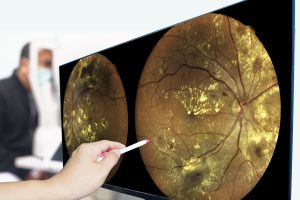
Comprehensive understanding of Adaptive Optics
In conclusion, adaptive optics represents a transformative leap in optical technology, addressing and correcting aberrations in real time to enhance imaging quality across diverse applications. From revolutionizing astronomical observations by compensating for atmospheric turbulence to enabling high-resolution biological microscopy and retinal imaging, adaptive optics bridges the gap between theoretical precision and practical performance. Its ability to dynamically adjust optical systems ensures superior resolution and clarity, making it indispensable in both scientific research and medical diagnostics. As this technology evolves, its potential to unlock new frontiers in imaging and observation remains boundless.
GREAT ARTICLE!
Share this article to gain insights from your connections!



